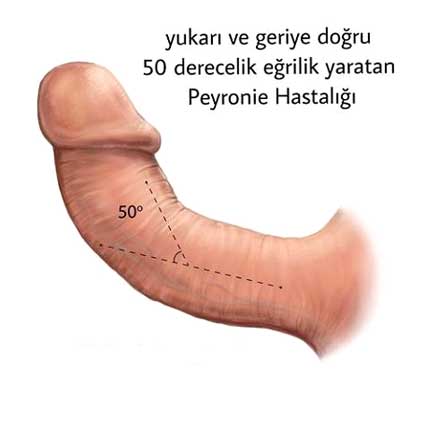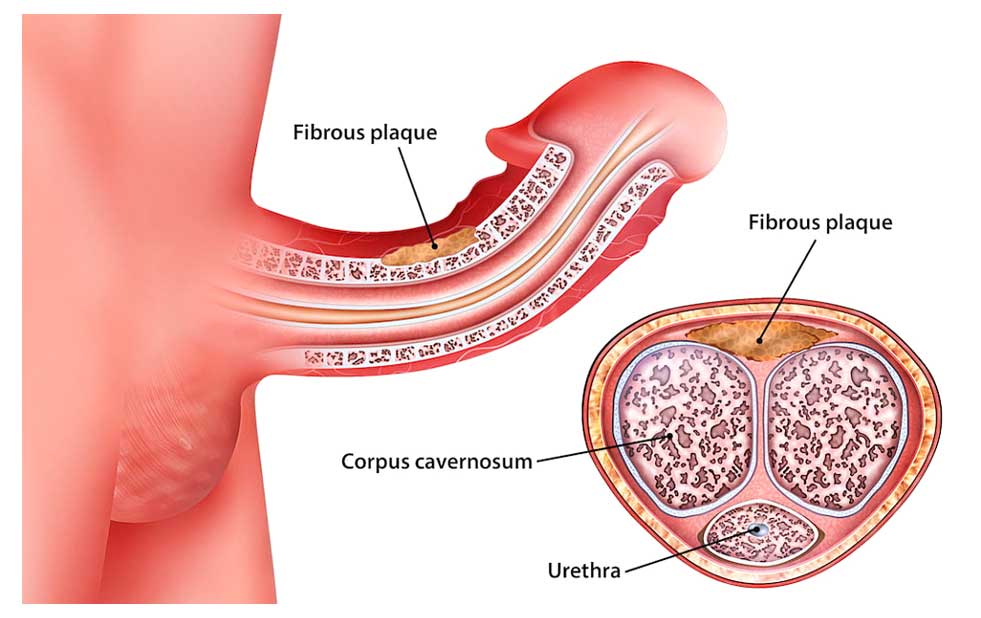Peyronie’s Disease
What are the causes of Peyronie’s disease?
The tissue of the penis sheath begins to weaken with age. As a result of repeated small traumas to the penis, small microscopic bleeding occurs in the sheath covering the penis in men, and as these heal, they leave permanent marks and scar tissue, just like a wound. These marks and wounds disrupt the structure of the penis, and since the penis has lost its elasticity, the penis bends to that side during erection.
Traumas resulting from sexual intercourse, vitamin E deficiency, and smoking are among the causes of the disease. In addition, the relationship with conditions such as infection, genetic predisposition, diabetes, hypertension, gout, and Paget’s disease has been investigated. While some researchers claim that these diseases have an effect on Peyronie’s disease, others state that there is no relationship between them.
What is the Frequency of Peyronie’s Disease?
The frequency of Peyronie’s disease increases with age and is seen in 7% of men between the ages of 50-69.
At What Ages Does Peyronie’s Disease Occur?
Peyronie’s disease is more common over the age of 50 and the initial symptom is pain during erection. Usually after 1 year, plaques begin to appear and as a result, the penis develops a curvature in the direction of the plaques and often causes pain.
The plaques are 70% on the upper surface of the penis and the curvature is upward. In men of this age, there is a high rate of diabetes, hypertension and erectile dysfunction along with Peyronie’s disease.
The symptoms of the disease are unlikely to resolve spontaneously in the acute phase. However, in most patients, the disease progresses and the curvature of the penis continues to increase. In some patients, the penis may even take on an hourglass shape.
How is Peyronie’s Disease Diagnosed?
Diagnosis is made by Cavernosography, which is performed to determine the location and size of the fibrous plaque.
What are the Treatment Methods for Peyronie’s Disease?
Some drugs such as Potaba or vitamin E, colchicine, tamoxifen, corticosteroids, procarbazine, orgatein, NSAIDs, seldane and allegra can provide around 30-40% improvement in the first period of the disease.
Topical treatments; corticosteroids, verapamil cream, beta-aminopropionitrile can be used. However, the success of these treatments is controversial.
Injection of verapamil, interferon, collagenase, cortisone, parathyroid hormone, and prostacyclin into the lesion may be applied.
ESWL (extracorporeal shock wave therapy): Although the mechanism of action is not known for sure, it causes direct damage to the plaque, leading to vascularization and cavitation resorption. The most common side effects are skin hematoma, hemorrhage and bleeding from the urinary tract. Surgical treatment should be preferred in cases such as penile curvature being over 40 degrees, presence of intense calcification in the plaque and the patient’s desire for rapid and effective treatment.
If the penis does not become hard enough and there is difficulty in entering the vagina, it should be corrected with surgery. If these are normal, surgery is not required.
 In cases where the curvature is mild and there are no erection problems, nesbit or plication surgeries should be performed. In cases where the curvature is severe and there are no erection problems, the patch method is used. In cases where the curvature is severe and there are also erection problems, Penile Prosthesis surgery is performed.
In cases where the curvature is mild and there are no erection problems, nesbit or plication surgeries should be performed. In cases where the curvature is severe and there are no erection problems, the patch method is used. In cases where the curvature is severe and there are also erection problems, Penile Prosthesis surgery is performed.


